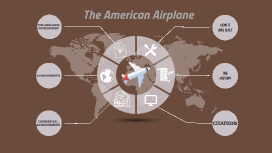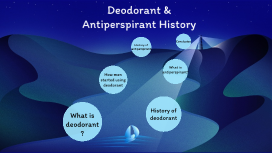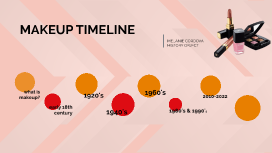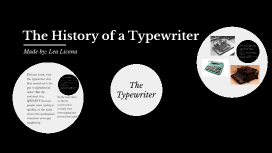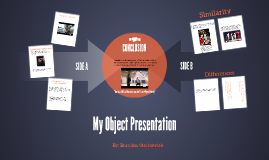Object presentation
Transcript: The American Airplane On December 17, 1903, Orville and Wilbur Wright fly the very first completed launch of a self-propelled aircraft in North Carolina. On its first flight, Orville flew the propeller-driven aircraft, which remained airborne for 12 seconds and reached 120 feet. By 1905, their planes could make intricate movements and continue flying for up to 39 minutes. They proceeded to France in 1908 and conducted their initial open flight, which sparked significant public interest. The United States Army's Signal Corps acquired an uniquely engineered plane in 1909, and the Wright brothers established the Wright Company to develop and commercialize their aviation. THE HISTORY Airplane (Genthe) Orville brothers Patented Plans Wilbur invented a basic technique in 1899 that distorted the sides of an aircraft, forcing it to tilt to the left or right. This mechanism was tried in a kite, then in a variety of gliders. During 1902-1903, the Wrights devised and constructed a gas engine thin enough and strong enough to drive a plane with the assistance of their engineer, Charlie Taylor. They also created the first actual airplane propellers and constructed a motorized airplane. HOW IT WAS BUILT THE AIRPLANES DEVELOPMENT Army The flyer, 1905 After the Kitty Hawk was created, they proceeded to research and create ways to improve the plane's maneuverability. After months of research into how propellers operate, the Wright Brothers created an engine and a new airplane that could withstand the heaviness and disturbances of the engine. On December 17, 1903, Orville Wright flew the Flyer on a 12-second sustained flight, which was the first motorized and piloted flight in history. On July 30, 1909, the United States government purchased its first aviation. In 1912, the Wright brothers' aircraft was outfitted with a gun. The airport had been in operation since 1909, when the Wright Brothers used a government-purchased plane to train Army officers how to pilot. On July 18, 1914, the Signal Corps formed an Aviation Section, and its flying unit included Wright Brothers airplanes. WW1 & WW2 When World War I broke out in 1914, various industries and nations rushed to develop combat airplanes. The motor technologies that had been created for prior early aircraft was expanded, resulting in bigger aircraft with higher velocity and endurance. Numerous nations utilized modified aircraft for surveillance, observation, attack, and air-to-air warfare throughout World War I. World War II became the worldwide stage for a massive battle for air supremacy. The United States manufactured an enormous quantity of fighters and bombers, and aviation played critical operational and strategic roles in both Europe and the Pacific. The constant process of technological improvement peaked late in the conflict with the appearance of jet fighters. ADVANCEMENTS Following the war, there was an influx of aircraft onto the commercial industry. This sparked the development of a new business centered on leisure and tourist trips, as well as exhibitions and air displays. However, there was a motivation, as well as opportunities, to build innovative products and push the boundaries of aircraft. Many airplane innovations occurred in the years following World War I. The goal has always been to operate lucrative and productive air travel. The Douglas DC-3, which debuted in 1936, was the first aircraft to accomplish this feat. COMMERCIAL ADVANCEMENTS The creation of bigger aircraft has also been a substantial shift from the early days of jet aviation. The additional accessible space provided airlines with new alternatives for onboard amenities and accommodations. This began in the 1970s, when several airlines introduced a luxury service within their economy flights, and by the 1980s, it had led to the introduction of business class as a separate class. Not only did the growth and advancement of aviation have a significant influence on America's Army and weaponry, but it also introduced a new method of international transportation. It enabled the creation of thousands of additional employment across the country. In addition, the aviation industry supports a significant influx of tourists in North America which generates even more economic growth. CITATIONS Near Logan Airport Airplane Coming In For A Landing Over Neptune Road Homes; May 5, 1973. Photograph. Records of the Environmental Protection Agency, https://www.docsteach.org/documents/document/near-logan-airportairplane-coming-in-for-a-landing-over-neptune-road-homes Amelia Earhart; July 30, 1936. Photograph. Records of the Army Air Forces, https://www.docsteach.org/documents/document/amelia-earhart Teaching American Aviators Foreign Flying with the Aid of a Contour Map, Aviation Students at Mineola Flying Field Are Instructed by a French Aviator. 1917-1918.Photograph. American Unofficial Collection of World War I Photographs, Records of the War Department General and Special Staffs, National Archives at






